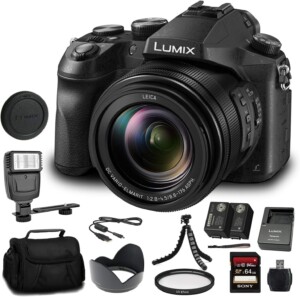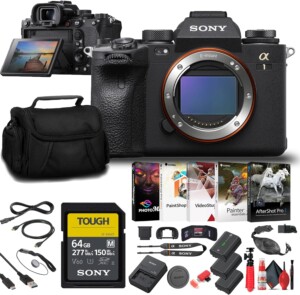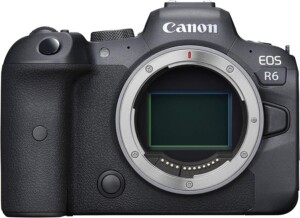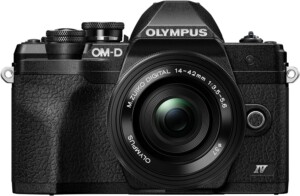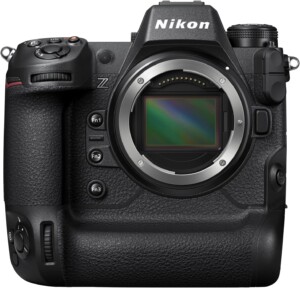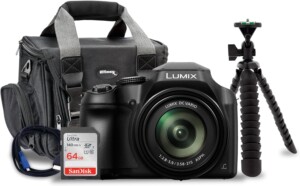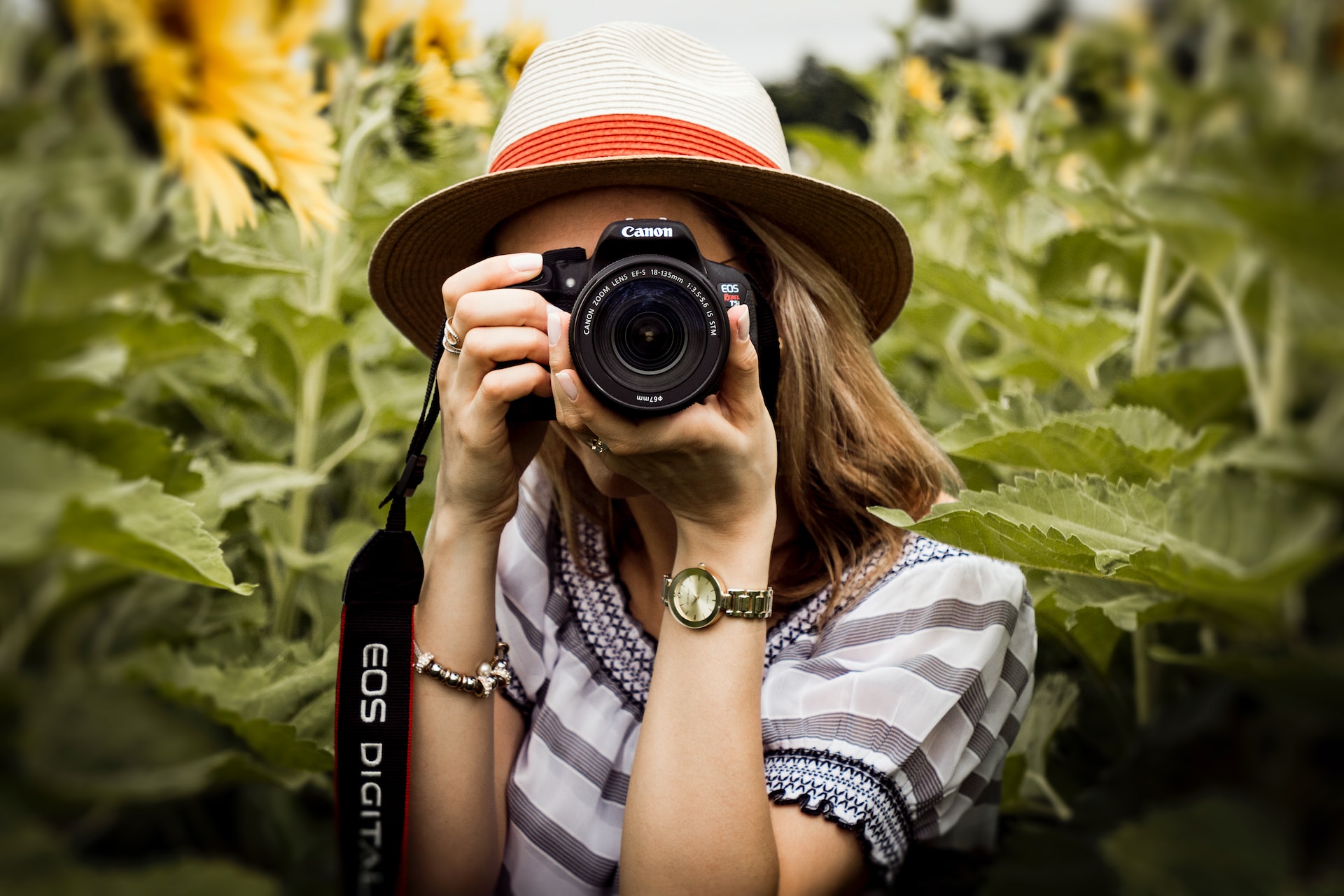
Best Camera for Wildlife Photography
We are reader-supported. When you buy through links on our site, we may earn affiliate commission.
Choosing the best camera for wildlife photography isn’t an easy decision. While you can find cameras to suit all budgets, you may need to spend a little more on a quality device. Likewise, it’s essential to be selective when choosing the best lens for wildlife in motion.
Whether you hope to capture backyard critters or take your camera on an African safari, this guide will help you find the right camera for the perfect shot.
Camera Features to Consider Before Buying
Before you rush to buy the best camera for wildlife photography, you’ll want to ensure it comes with some important features. Unlike landscape photography, whatever camera you purchase should be capable of capturing clear shots even while an animal is moving at lightning speed.
Professional cameras are expensive, so you’ll want one that includes everything you need to make it a worthwhile investment. Check the camera specifications for the following features and settings:
- High-quality lenses
- Fast and customizable autofocus with high tracking speed and sensitivity
- Quick memory card storage for transferring images
- Continuous shooting speed and buffering
- Excellent International Organization for Standardization (ISO) performance for capturing light and darkening images
- Exceptional ergonomics to alternate focus modes without looking
- Easy access to settings for customizations
Additionally, wildlife photographers require a durable camera to withstand the elements and environment. For instance, you may shoot wildlife from a moving vehicle or capture animals in the rain. Cameras should also be an appropriate weight and size for easy transport.
Battery life is equally vital. Wildlife cameras continuously track movement and store images — therefore, batteries deplete quickly.
6 Best Cameras for the Great Outdoors
Looking for the best camera to take your wildlife photography to the next level? Depending on what you hope to capture, your budget and your experience, one of these six cameras may be most suitable for you.
1. Panasonic Lumix FZ2500/FZ2000
The point-and-shoot Panasonic Lumix FZ2500 — FZ2000 in Europe — offers versatility and functionality with 20x optical zoom from a distance. Photographers will appreciate a 20.1 MP 1″ High Sensitivity MOS Sensor and 4K video formatting, guaranteeing clear shots every time.
This camera is also highly ergonomic and easily controlled through its touchscreen and electronic viewfinder. It weighs approximately 4 pounds and measures 5.3 by 5.4 by 4 inches for easy transport.
As part of a bundle, buyers will receive the Panasonic Lumix FZ2500 digital camera and rechargeable battery pack and chargers, lens accessories, should strap, USB card reader and cable, tripod and camera case.
2. Sony A1
Professional photographers will find the Sony A1 camera one of the best devices for capturing wildlife. For one thing, you can customize the mirrorless Sony A1 to account for ISO noise reduction.
Suppose you photograph birds at dusk when they’re actively foraging for food and nest materials — you will want to adjust the shutter speed and lens opening for better exposure. Just be sure to set your camera to ISO 500 for dim conditions. Conversely, ISO 100 settings are conducive to capturing highlights during the day.
The Sony A1 can do everything, including recording 8K videos with utmost precision and speed. Purchasing the bundle will get you the camera and memory card, rechargeable battery, USB cables, hand strap, tripod, camera bag and more. Five photo software programs —such as Corel Photo Software With PhotoMirage, PaintShop Pro and Video Studio — are also included.
3. Canon EOS R6
The Canon EOS R6 has excellent 20 MP CMOS sensors for tracking and capturing movement, allowing the camera to focus on the animal subject’s body, face and eyes. This camera also delivers continuous high-speed shooting of up to 12 frames per second (fps) for mechanical and electronic shutters.
The Canon EOS R6 has a 4K video resolution of up to 60 fps and full HD 1080 of 120 fps for optimal color richness and unmistakable quality.
This camera is a lightweight option for photographers on the move, weighing only 1.5 lbs and measuring 5.45 by 3.84 by 3.48 inches.
4. Olympus E-M10 Mark IV
Despite a few faults, the Olympus E-M10 Mark IV has one of the best lenses for wildlife photography with multiple options.
A few camera highlights include superior image stabilization compared to other camera models with ultra-fast focusing for precise 4K video shooting. Although there is some noise and poor ergonomics, the camera makes up for it in weather durability and size — this compact camera weighs only 1.1 pounds for easy transport.
Those interested in a camera with straightforward smartphone-sharing capacities will especially appreciate the device’s advanced built-in technology. Overall, this Olympus model is an excellent choice for serious wildlife photography enthusiasts.
5. Nikon Z9
What stands out about the mirrorless Nikon Z9? How about its continuous shooting speed of 20 fps, full-frame sensor, 8K video resolution and deep-learning autofocus for detecting animal bodies, faces and eyes? Needless to say, this is a professional’s dream camera.
The Nikon Z9 has a maximum shutter speed of 1/32000 seconds, ideal for action shots and photographing birds.
Unless you do photography for a living, this camera’s hefty price tag may not be worth the investment for beginner wildlife photographers or hobbyists.
6. Panasonic LUMIX FZ80
Beginner photographers and those on a tighter budget will find the Panasonic LUMIX FZ80 an excellent option for wildlife photography. As a “bridge” camera device, this Panasonic model contains a fixed long zoom for versatile image capture from a distance.
The camera also has an 18.1MP sensor resolution — not as robust as other models, but still efficient and easy to operate. You won’t have to worry about functionality either — it’s highly ergonomic, with USB charging and the ability to share content to smartphones for social media.
That said, the smaller resolution is better for daytime shoots, as noise levels aren’t outstanding in shadowy settings.
Capture Wildlife in Action With the Best Camera
It’s crucial to compare specifications and costs when selecting the best camera for wildlife photography. Although one camera may not have every feature you want, choosing the device with the most essential settings will help enhance your images. You never know if your next camera will land your wildlife photos in National Geographic.
Share on
Like what you read? Join other Environment.co readers!
Get the latest updates on our planet by subscribing to the Environment.co newsletter!
About the author

Steve Russell
Steve is the Managing Editor of Environment.co and regularly contributes articles related to wildlife, biodiversity, and recycling. His passions include wildlife photography and bird watching.
